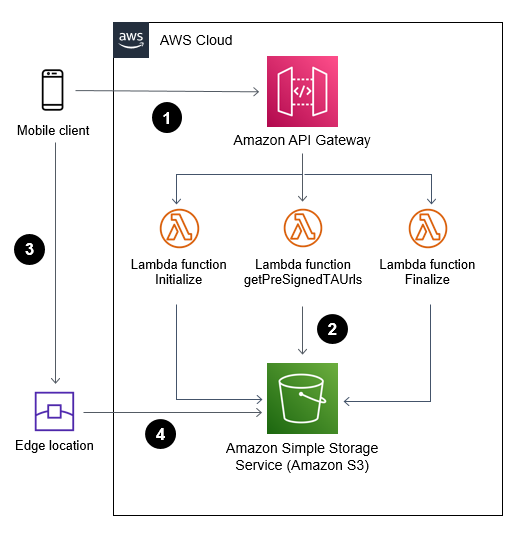AWS Compute Blog
Building serverless Java applications with the AWS SAM CLI
This blog post shows how to build Java applications with the AWS SAM CLI. You learnt about the default build mechanisms, and how to customize the build behavior and abstract the build process inside a container environment. Visit the GitHub repository for the example code templates referenced in the examples.
Server-side rendering micro-frontends – UI composer and service discovery
This post looks at how to use the UI Composer and micro-frontends discoverability. Once this part is developed, it won’t need to change regularly. This represents the foundation for building server-side rendering micro-frontends using HTML-over-the-wire. There might be other approaches to follow for other frameworks such as Next.js due to the architectural implementation of the framework itself.
Introducing AWS Lambda Powertools for .NET
CloudWatch and AWS X-Ray offer functionality that provides comprehensive observability for your applications. Lambda Powertools .NET is now generally available. The library helps implement observability when running Lambda functions based on .NET 6 while reducing the amount of custom code.
Uploading large objects to Amazon S3 using multipart upload and transfer acceleration
This blog shows how web and mobile applications can upload large objects to Amazon S3 in a secured and efficient manner when using presigned URLs and multipart upload.
Developing portable AWS Lambda functions
This blog post is written by Uri Segev, Principal Serverless Specialist Solutions Architect When developing new applications or modernizing existing ones, you might face a dilemma: which compute technology to use? A serverless compute service such as AWS Lambda or maybe containers? Often, serverless can be the better approach thanks to automatic scaling, built-in high […]
Enabling Microsoft Defender Credential Guard on Amazon EC2
This blog post is written by Jason Nicholls, Principal Solutions Architect AWS. In this post we show you how to enable Windows Defender Credential Guard (Credential Guard) on Amazon Elastic Compute Cloud (Amazon EC2) running Microsoft Windows Server. Credential Guard, when enabled on Amazon EC2 Windows Instances protects sensitive user login information from being extracted […]
Using Porting Advisor for Graviton
This blog post is written by Ryan Doty Solutions Architect, AWS and Vishal Manan Sr. SSA, EC2 Graviton , AWS. AWS customers recognize that Graviton-based EC2 instances deliver price-performance benefits but many are concerned about the effort to port existing applications. Porting code from one architecture to another can require investment in time and effort. AWS […]
Implementing reactive progress tracking for AWS Step Functions
This blog post is written by Alexey Paramonov, Solutions Architect, ISV and Maximilian Schellhorn, Solutions Architect ISV This blog post demonstrates a solution based on AWS Step Functions and Amazon API Gateway WebSockets to track execution progress of a long running workflow. The solution updates the frontend regularly and users are able to track the […]
Migrating to token-based authentication for iOS applications with Amazon SNS
This post is written by Yashlin Naidoo, Cloud Support Engineer. Amazon Simple Notification Service (Amazon SNS) enables you to send notifications directly to a mobile push endpoint. For iOS apps, Amazon SNS dispatches the notification on your application’s behalf to the Apple Push Notification service (APNs). To send mobile push notifications via Amazon SNS, you […]
How to create custom health checks for your Amazon EC2 Auto Scaling Fleet
This blog post is written by Gaurav Verma, Cloud Infrastructure Architect, Professional Services AWS. Amazon EC2 Auto Scaling helps you maintain application availability and lets you automatically add or remove Amazon Elastic Compute Cloud (Amazon EC2) instances according to the conditions that you define. You can use dynamic and predictive scaling to scale-out and scale-in […]









